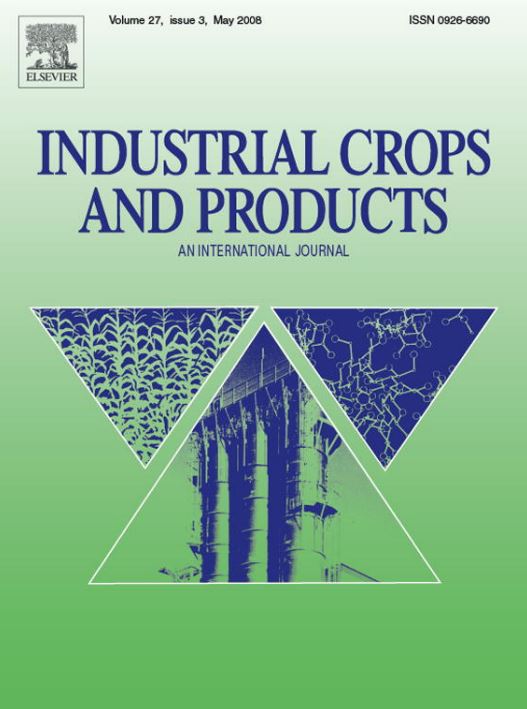Abstract
Due to the typical production of Cannabis sativa L. for medical use in an artificial environment, it is crucial to optimize environmental and nutritional factors to enhance cannabinoid yield and quality. While the effects of light intensity and nutrient composition on plant growth are well-documented for various crops, there is a relative lack of research specific to Cannabis sativa L., especially in controlled indoor environments where both light and nutrient inputs can be precisely manipulated. This research analyzes the effect of different light intensities and nutrient solutions on growth, flower yield, and cannabinoid concentrations in seeded chemotype III cannabis (high CBD, low THC) in a controlled environment. The experiment was performed in a licensed production facility in the Czech Republic. The plants were exposed to different light regimes during vegetative phase and flowering phase (light 1 (S1), photosynthetic photon flux density (PPFD) 300 µmol/m2/s during vegetative phase, 900 µmol/m2/s in flowering phase and light 2 (S2) PPFD 500 µmol/m2/s during vegetative phase, 1300 µmol/m2/s during flowering phase) and different nutrition regimes R1 (fertilizer 1) and R2 (fertilizer 2). Solution R1 (N-NO3− 131.25 mg/L; N-NH4+ 6.23 mg/L; P2O5 30.87 mg/L; K2O 4112.04 mg/L; CaO 147.99 mg/L; MgO 45.68 mg/L; SO42− 45.08 mg/L) was used for the whole cultivation cycle (vegetation and flowering). Solution R2 was divided for vegetation phase (N-NO3− 171.26 mg/L; N-NH4+ 5.26 mg/L; P2O5 65.91 mg/L; K2O 222.79 mg/L; CaO 125.70 mg/L; MgO 78.88 mf/L; SO42− 66.94 mg/L) and for flowering phase (N-NO3− 97.96 mg/L; N-NH4+ 5.82 mg/L; P2O5 262.66 mg/L; K2O 244.07 mg/L; CaO 138.26 mg/L; MgO 85.21 mg/L; SO42− 281.54 mg/L). The aim of this study was to prove a hypothesis that light will have a significant impact on the yield of flowers and cannabinoids, whereas fertilizers would have no significant effect. The experiment involved a four-week vegetative phase followed by an eight-week flowering phase. During the vegetative and flowering phases, no nutrient deficiencies were observed in plants treated with either nutrient solution R1 (fertilizer 1) or R2 (fertilizer 2). The ANOVA analysis showed that fertilizers had no significant effect on the yield of flowers nor cannabinoids. Also, light intensity differences between groups S1 (light 1) and S2 (light 2) did not result in visible differences in plant growth during the vegetative stage. However, by the fifth week of the flowering phase, plants under higher light intensities (S2—PPFD 1300 µmol/m2/s) developed noticeably larger and denser flowers than plants in the lower light intensity group (S1). The ANOVA analysis also confirmed that the higher light intensities positively influenced cannabidiol (CBD), tetrahydrocannabinol (THC), cannabigerol (CBG), and cannabichromene (CBC) when the increase in the concentration of individual cannabinoids in the harvested product was 17–43%. Nonetheless, the study did not find significant differences during the vegetative stage, highlighting that the impact of light intensities is phase-specific. These results are limited to controlled indoor conditions, and further research is needed to explore their applicability to other environments and genotypes.



